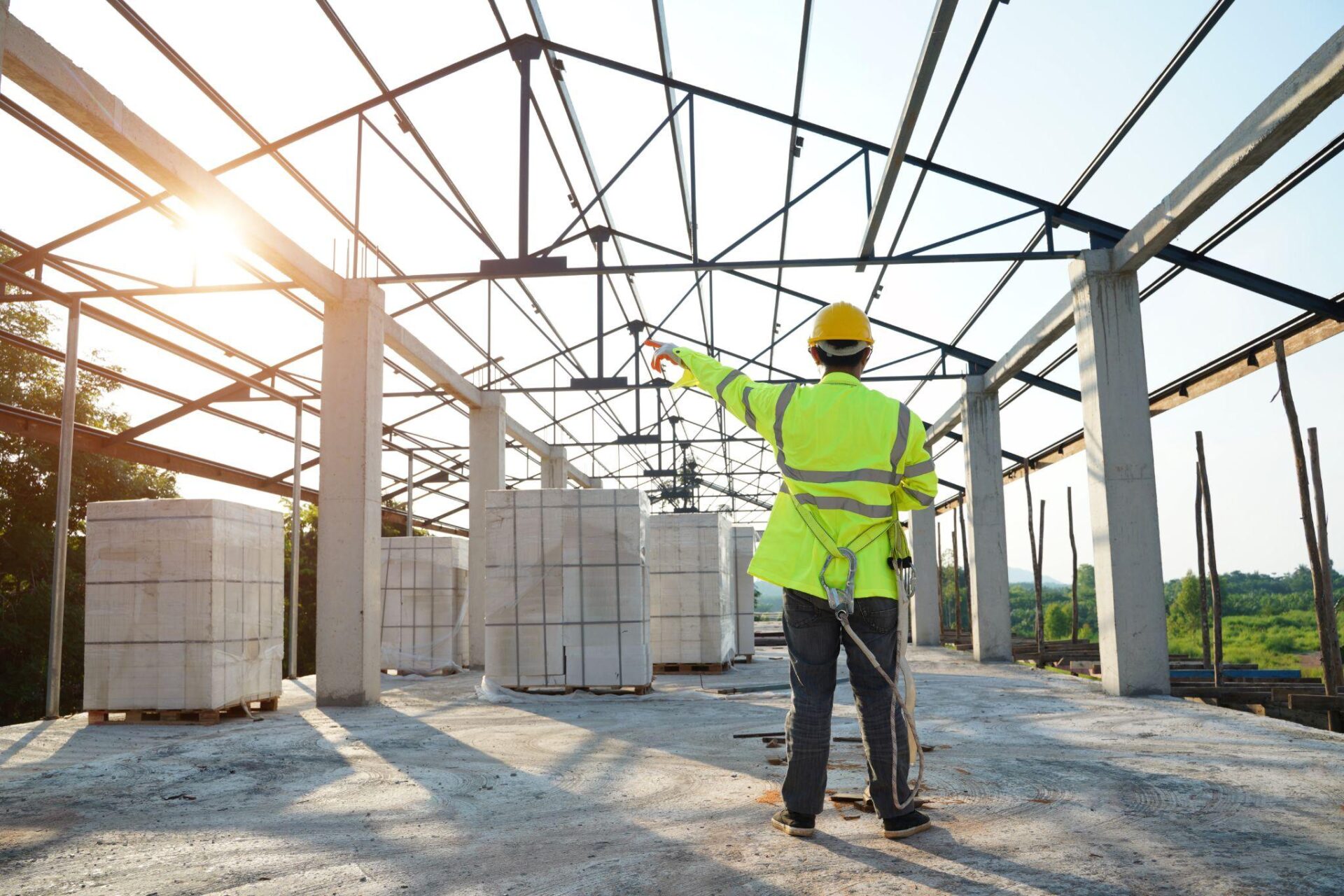Structural engineering design use a variety of tools, techniques, and technologies to ensure that a structure is strong, safe, durable, and meets the requirements of its intended use.
Structural design determines what materials should be used for the construction of a structure in order to reinforce the building’s strength and safety.
A structural analysis must also happen during the design phase, long before the materials, tools, and the different heavy equipment needed to build the structure are offloaded onto the site and any construction begins.
In this article, we’re going to look at the three critical factors one should consider when doing any kind of structural engineering for any construction project – big or small.
Table of Contents
Structural Engineering Design Factors
Before breaking ground in any new residential or commercial construction project, these are the three key considerations structural engineers should address.
1. Design Codes and Standards
As a structural engineer, the first thing that you want to consider when doing the design and structural analysis of any construction project is to ensure that the project is going to comply with all of the building standards.
Plus you’ll need to make sure that all the relevant approvals and permits from your local, state, or national authorities have been secured.
You also need to ensure that the project meets the various design and building codes when construction planning. These regulations and design codes will be different based on a variety of factors such as the location of your site, and it’s crucial that they are followed to the letter.
Design codes and standards are important because they ensure that the structure is safe and that the materials you’re going to be using will react positively (i.e. as is expected) when met with any outside forces like weather conditions.
For instance, if your structure is built with steel, concrete, and wood, you will have to consider the design codes below:
Concrete
Ameican Concrete Institute Technical Documents
ACI 318, Building Code Requirements for Structural Concrete
ACI 530/530.1-13, Building Code Requirements and Specifications for Masonry Structures
Wood
American Wood Council Technical Information
National Design Specification® (NDS®) for Wood Construction
Steel
AISC 303, Code of Standard Practice for Steel Buildings and Bridges
AISC 341, Seismic Provisions for Structural Steel Buildings
ANSI/AISC 360, Specification for Structural Steel Buildings
If you will be using a combination of steel and iron in your structural design, you’d have to use these design codes:
Iron and Steel
For reference, we’ve listed some other common design codes it would be important for you to know and that you’d need to comply:
Building
ASCE 7-10, Minimum Design Loads for Buildings and Other Structures
ASCE 37, Design Loads on Structures During Construction
Welding Society
AWS D1.1, Structural Welding Code – Steel
AWS D1.3, Structural Welding Code – Sheet Steel
AWS D1.4, Structural Welding Code – Reinforcing Steel
International Code Council (ICC)
International Building Code
Metal Building Manufacturers Association (MBMA)
Metal Building Systems Manual
National Fire Protection Association (NFPA)
NFPA 5000, Building Construction and Safety Code
Department of Defense (DoD)
UFC 4-010-01, DoD Minimum Antiterrorism Standards for Buildings
UFC 4-023-03, Design of Buildings to Resist Progressive Collapse
Steel Deck Institute (SDI)
Design Manual for Composite Decks, Form Decks, and Roof Decks — No. 31
Diaphragm Design Manual Third Edition — DDM03
Steel Joist Institute (SJI)
Catalog of Standard Specifications and Load Tables for Steel Joists and Joist Girders
2. Load Considerations
For structural analysis, you want to consider the different types of load that your structure may be faced with during the course of its usage.
There are different types of loads, but of course, you will only consider certain loads depending on the height of your structure, materials used, location, and whether or not the structure will have a lower or higher occupancy.
All design requirements for structural engineering will specify the maximum load(s) that the structure can withstand throughout its life cycle.
There are two main categories of loads – Dead Loads and Live Loads.
A Dead Load (DL) is the structure’s own weight which will remain constant during its life.
Live Loads (LL) vary and include things like how many people might be in the building at once, snow falling on the building, furniture inside the structure, etc. Basically, anything that might influence the weight or load that the structure must sustain.
These loads can either be applied vertically or horizontally. The extent of these loads will most certainly influence the structural design, architecture, choice of material, as well as how it is constructed.
As a structural engineer, it is important that you do a proper analysis of these loads in a real-time manner. Be conservative, it is always better to err on the side of caution with your structural analysis.
More than anything, ensure that you are focused on designing a safe and stable structure. One that will withstand periodic load types such as a snow load, an earthquake load, forceful impact, wind load, hydrostatic and soil pressure, and more, that the structure will encounter during its usage.
3. Framing
Another critical consideration in construction engineering would be framing. Framing is an important factor in determining the safety and stability of a structure.
When we talk about framing, we are referring to certain construction elements such as beam dimensions, orientations, slab thickness, design footings, and so on. Basically, every aspect will make up the frame of the structure in its construction.
Thanks to technological advancements, you can use software like Building Information Modelling (BMI) to help you with this.
BMI is a 3D digital representation tool that is widely used in the design phase of any construction project. It’s a pretty effective structural engineering tool that gives valuable insight into framing and other aspects of the structure. BMI also allows for real-time data sharing.
Conclusion
Even though it is just one part of the construction process, structural engineering design is absolutely essential for the creation of a safe, stable, and strong structure.
It is going to be one of the first things you do – way before getting into any nitty-gritty details like having a BQ done or reaching out to places like Rent1 rentals for a quote on an excavator or backhoe.
There needs to be a combined effort between structural engineers and contractors for this to happen. In addition, quality must be maintained in each and every step.
Structural engineering is an essential part of modern life. A well-designed structure will stand the test of time (and weather). It will be able to withstand all loads, both dead loads and live loads. And it will have a solid frame. But most importantly, it will be a solid structure able to meet its intended use over the course of its life cycle.








